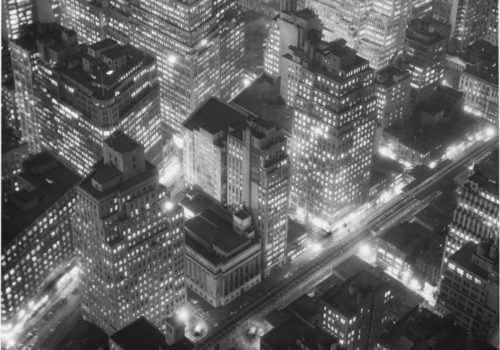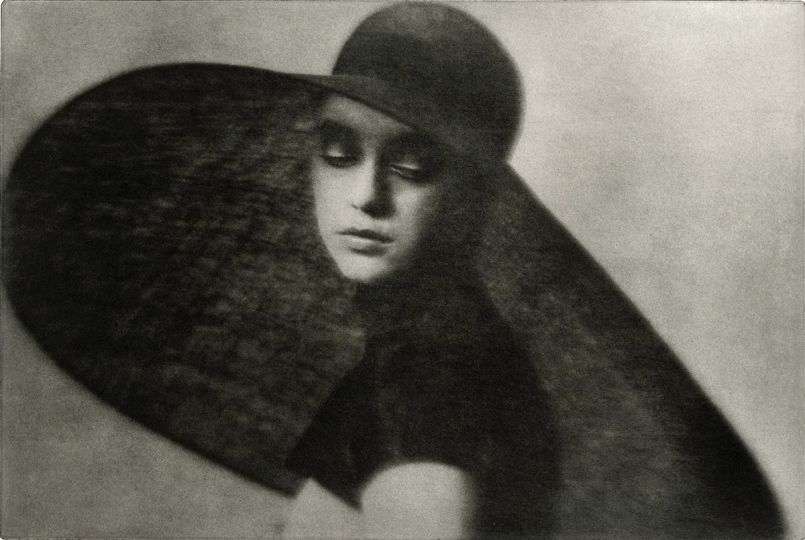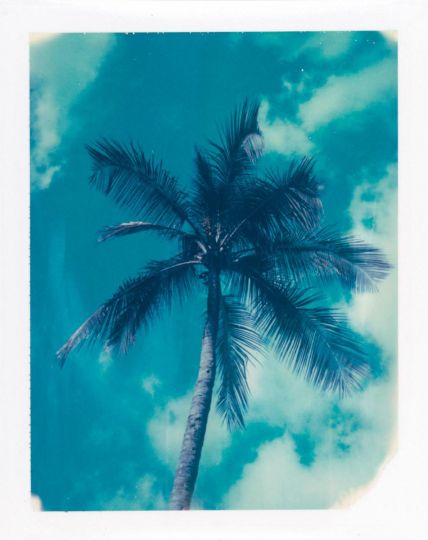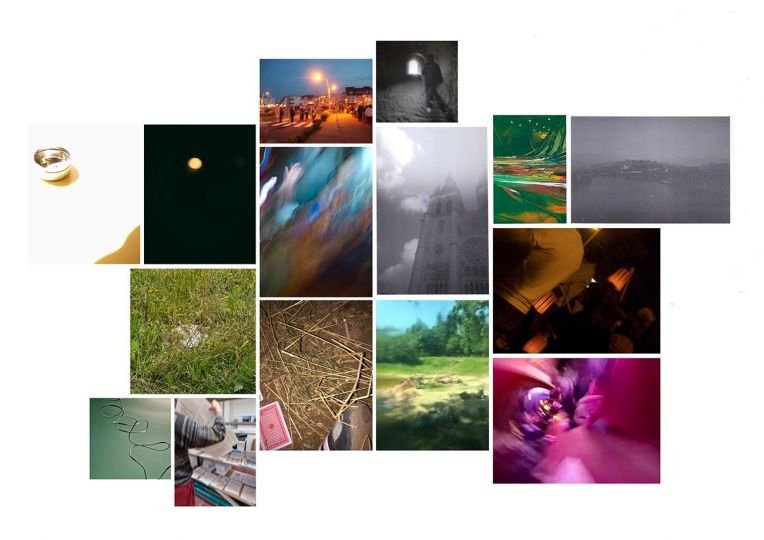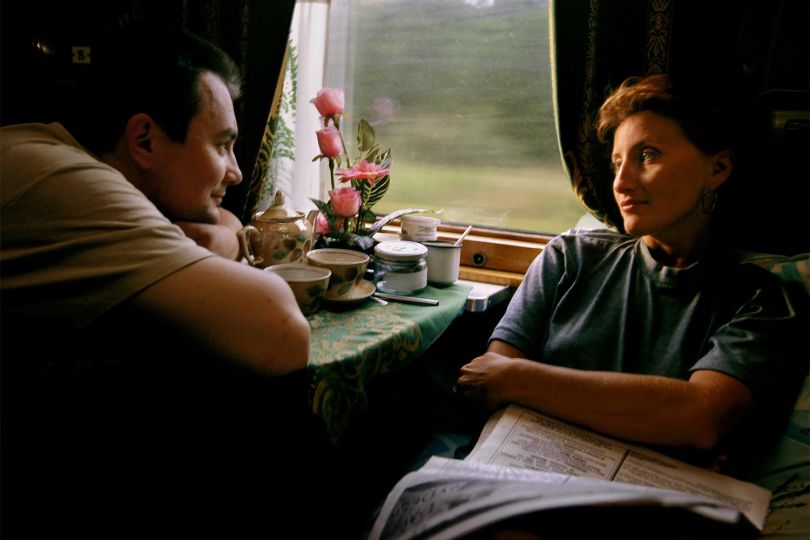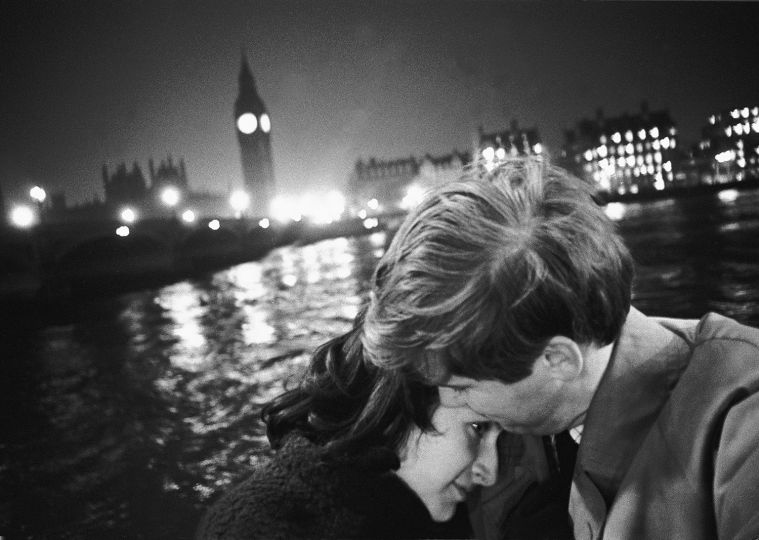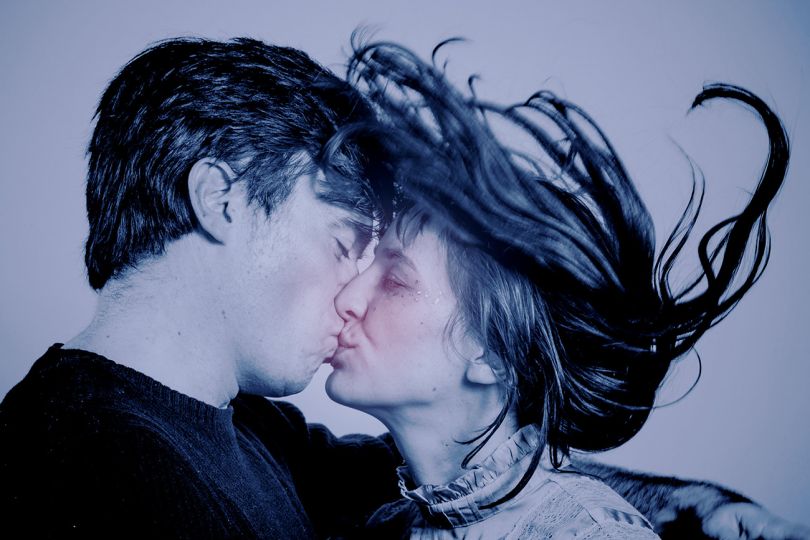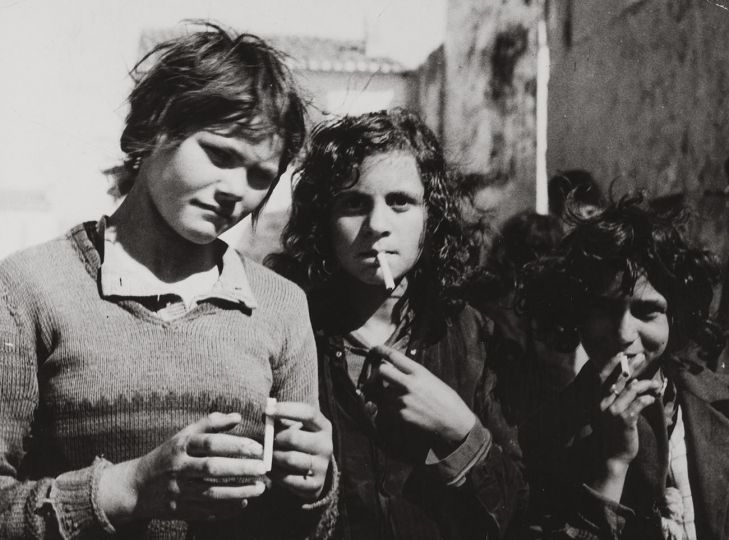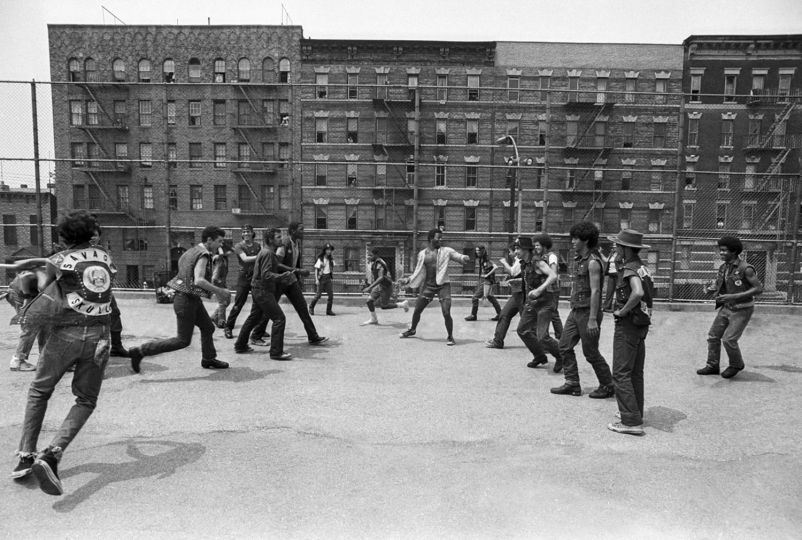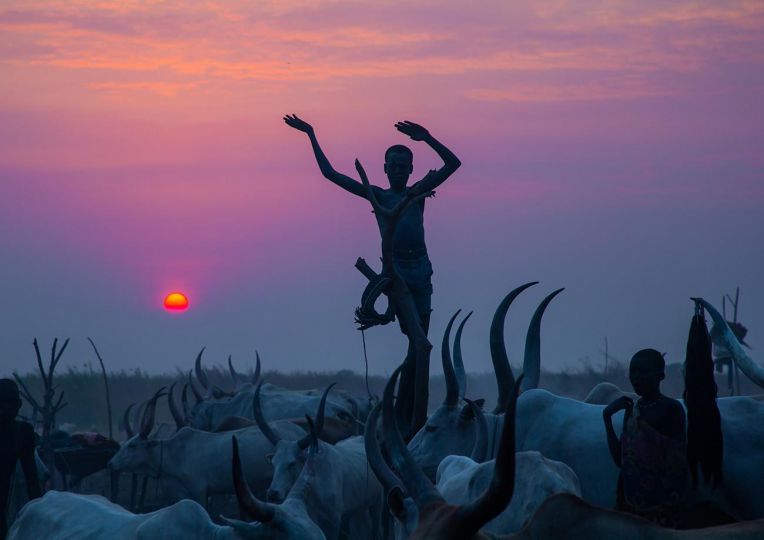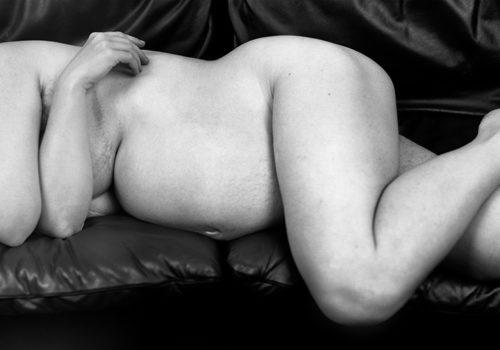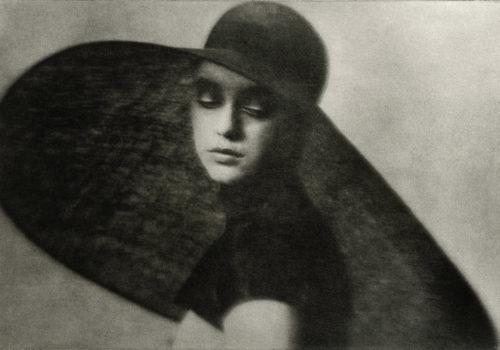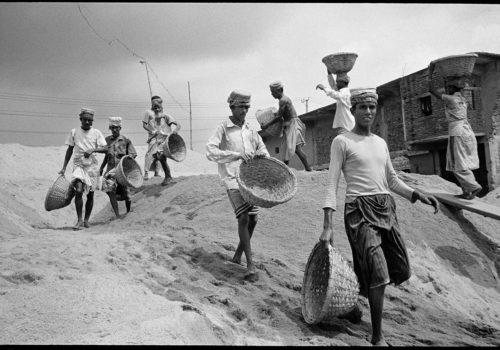In New York at night, we find ourselves immersed in the wildest years of the American metropolis. The evenings were extravagant and glamorous.
Adrenaline was a religion and promiscuity a way of life. It was a New York of extremes, with danger, loneliness and brutality in equal measure.
“The history of night in the modern city is essentially a history of light, not darkness—or rather a history of light in the darkness,” writes Adam Gopnik. Through the famous photographs by Berenice Abbott, Paul Haviland and Walker Evans, we come to understand that New York is a city one must approach with strengh, a city one must look down on to survive.
This light was found mainly in Manhattan: in the Broadway cabarets, legendary hotels and hip nightclubs stashed away in the once disreputable neighborhoods of Soho, Times Square and Harlem. People crowded in to drink and dance all night. Sometimes they never made it home. Then came Weegee and his paparazzi followers to capture the end of the night .In the worst cases, people ended up stretched out on a staircase or street corner, immortalized by Larry Fink or Dennis Stock.
These eccentricities have made New York a myth, along with its photographers. Ryan McGinley and Nan Goldin have made debauchery into a subject fit for art, and if the photographers themselves had never taken part in it, their pictures would probably be missing some of their spices. In an introduction to the book, Norma Stevens speaks of certain artists (Andy Warhol and Lady Gaga in particular) as people who are, “wild and deranged, fighting against the dying night.” These pages blend together their experiences in debauchery. The legend still wants New York to be a city where the party never ends.
Jonas Cuénin
New York at night, Photography after dark
Edited by Norma Stevens and Yolanda Cuomo
Text by Pete Hamill, Adam Gopnik, Vince Alletti and Patricia Marx
Coming in December 2012 and published by powerHouse Books
192 pages with a 16 page insert
ISBN : 978-1-57687-616-9
$125.00

